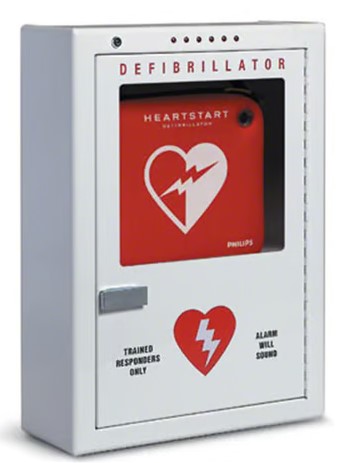AED locations
You can view a map of AED locations at the UW and in King County on the PulsePoint website.
To locate the nearest AED to your location, you can download the PulsePoint AED application for your smartphone (available for free download for Apple and Android phones). It allows the user to view AED locations throughout the United States and Canada. It includes basic information such as hours of operation, specific location, and even a photo of the AED if available.
The UW Police Department officers carry AEDs in their vehicles on the Seattle campus. UW Bothell and UW Tacoma Security Officers carry AEDs in their vehicles.
EH&S maintains an inventory of AEDs on the Seattle campus. Contact EH&S to locate the AED nearest your work location, or if you have an existing AED and want to confirm it is in the University inventory.
While there are some exceptions, state and local law does not require AEDs be provided in buildings. University units and departments may choose to purchase their own.
